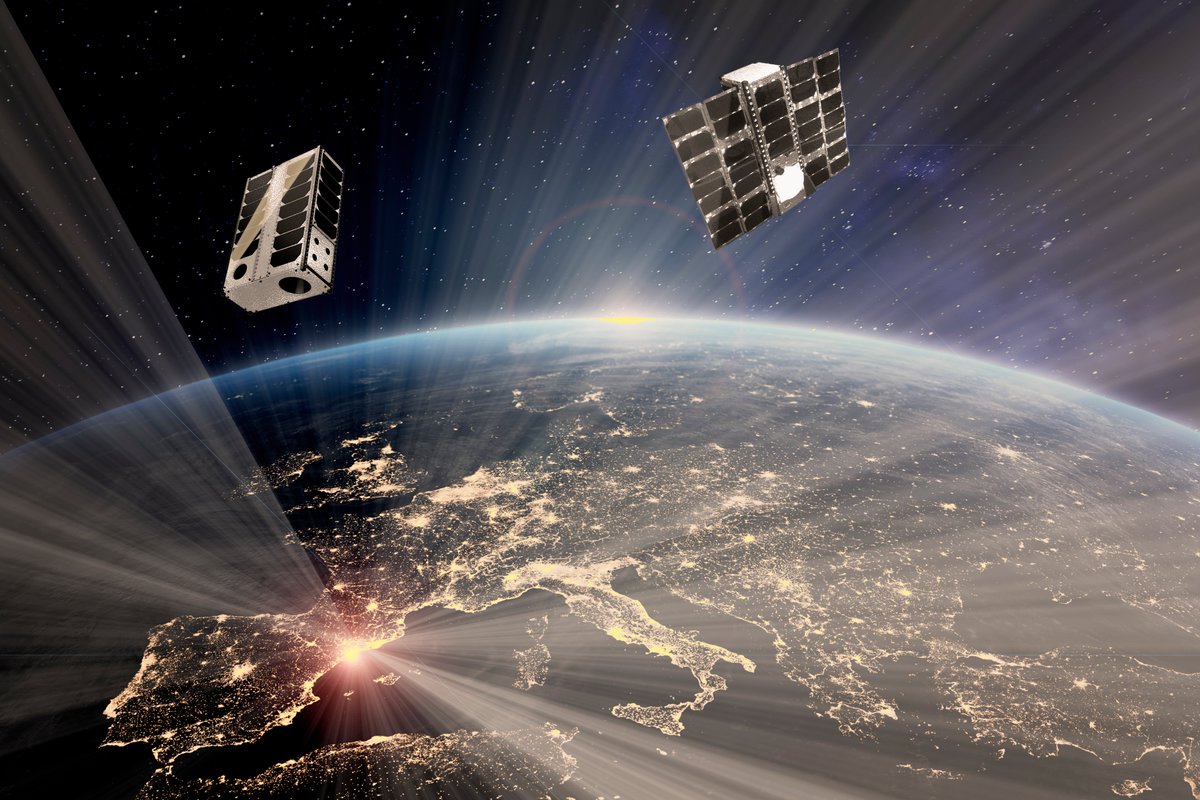A slew of satellite companies have been promoting non-terrestrial networks as a way to connect more people to the internet, but there are also several space entrepreneurs looking to use satellites for IoT. One of these is Sateliot, which has just announced plans to launch its first functional nanosatellite early next year on a SpaceX Falcon 9 rocket.
A spacecraft that weighs less than 10 kilograms is referred to as a nanosatellite. The founder and CEO of Sateliot, Jaume Sanpera, stated that his organization aims to launch five Low Earth Orbit (LEO) nanosatellites by the second half of 2023. Any Internet of Things device that has a Release 17 compatible NB-IoT modem will be able to transfer data to the internet four times each day, according to him.
For the use cases his company is aiming for, four broadcasts each day will be adequate, according to Sanpera. These include cattle, mobile assets that need to be tracked, remote infrastructure like towers and dams that need to communicate operating data, and ships that need to share location and status information. Elevated body temperature is an early warning sign of a sick cow, so ranchers have started inserting connected thermometers into cow bellies and leaving them there since this is less work than taking periodic rectal temperature readings by hand.

Ranchers, shipping firms, and other potential customers are being asked directly by Sanpera how much they are ready to pay for remote connectivity. However, Sanpera will recommend mobile network operator partners to these businesses rather than having them as Sateliot clients. The sole named partner so far is Telefónica, but Sateliot is in discussions with carriers in 60 nations, according to Sanpera.
In order to accommodate NB-IoT, which carves out very narrow bands (200 kHz) from the spectrum already assigned for commercial phone and data services, the carriers will make use of Sateliot’s service. Sateliot does not have to lobby regulators for access to spectrum, in contrast to some satellite providers.
Originally a component of the LTE standard, Release 17 of the 5G standard added NB-IoT. Sateliot made 17 contributions to that release, more than any other satellite operator, according to Sanpera.
According to Sanpera, two billion currently used SIM cards already support 5G NB-IoT. The off-the-shelf modules that connect them to the network, he continued, cost less than $10 and these SIM cards often cost less than $1.00. Sanpera anticipates that carriers will charge $1 per device per month for the service.
The revenue will be split between the carriers and Sateliot. According to Sanpera, a linked ship or animal will automatically connect to a Sateliot nanosatellite when it leaves the carrier network’s coverage area. Like any other roaming partner, Sateliot will charge the operators for the traffic it manages on their behalf.
Using its own core network constructed with Magma, a software-defined distributed mobile packet core created by Meta (formerly Facebook) and moved to Github as an open-source platform in 2019. Sateliot built its core in partnership with AWS, and Sanpera said the Saliot virtual core can be deployed anywhere AWS has infrastructure.
In order for Sateliot to enable more use cases, including those requiring more frequent broadcasts, Sanpera plans to increase the number of satellites in orbit. The business aims to support one message per hour from linked devices by 2024.
Early financial support for the San Diego-based business came from Evonexus, an accelerator backed by Qualcomm and Verizon. Other investors include the world’s largest tower company Cellnex, the European defense technology company Indra, the Danish satellite software company GateHouse, and the UK-based space investment firm Seraphim.
According to Sanpera, one of Sateliot’s objectives is to connect the remote resources of nonprofit organizations at a free cost. He claims he is already in discussions and wants to assist in tracking medical aid given to Africa and other humanitarian aid, and said he is already in talks with several non-profits.


